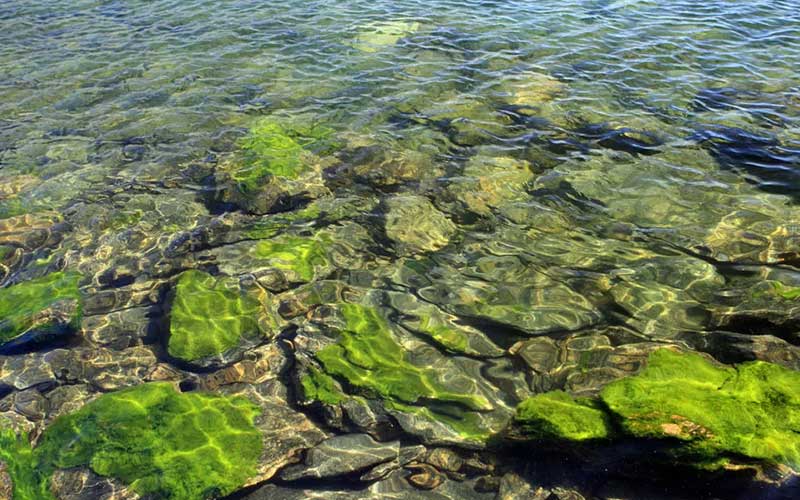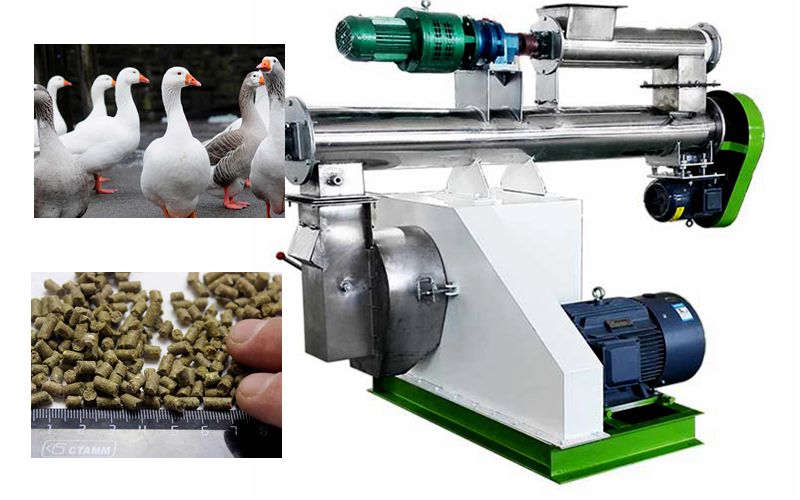
Hotline:+86 18574103366
| |KINDLY REMINDER: If you are interested in our products, Please get in contact with us
Most health organisations across the world recommend a minimum daily intake for healthy adults of 200mg of omega-3 in our diet, but with a growing world population of over 7 billion people, demand is at an all-time high, and innovative and sustainable solutions are required to fill this void. Long chain omega-3s are types of fatty acids our bodies need to function and have many health benefits for the heart, brain, and immune system. Fish oil is a traditional source of omega-3, but due to limited global annual production, there is a deficit. Algae are helping to fill the omega-3 supply gap and delivers health benefits to egg consumers.

UK manufacturer of energy, protein and omega-3 supplements UFAC-UK has developed a sustainable, environmentally friendly, vegetable source of the omega-3 fatty acid DHA (docosahexaenoic acid) using algae rather than fish oils. “Algi18DHA is a traceable, sustainable, high-quality alternative to fish-oil-sourced omega-3s. It contains a minimum of 18% omega-3 DHA in the biomass and is easy to incorporate in feeds. Crucially, this DHA translates directly from the hens to their eggs, bringing benefits to the consumer. “DHA brings many benefits, including blood pressure and heart rate reduction, and aids vascular health. It also raises good cholesterol and improves cognitive health.
Algae grows very fast, so it is a sustainable source of DHA omega-3. The health benefits to humans are huge. If you look at the composition of certain types of microalgae, compared to other, more conventional European food and feed sources (Table 1, see below), you can see that the protein, carbohydrate and fat content of the algae is just as good or even better, which makes the algae solid candidates as alternative protein sources. In addition, previous research has shown that algae can also have antibacterial, antiviral and/or anti-oxidative effects. Some algae are also rich in omega-3 fatty acids and may contain vitamins and/or pigments such as chlorophyll and carotenoids, which can help influence the colour of egg yolks.
Table 1: Composition of certain types of microalgae, compared more conventional European feed sources.
| Crude protein | Carbohydrates | Fat | |
| Soy beans | 37 | 30 | 20 |
| Corn | 10 | 85 | 4 |
| Wheat | 14 | 84 | 2 |
| Anabaena cylindrica | 43-56 | 25-30 | 4-7 |
| Arthrospira maxima | 60-71 | 13-16 | 6-7 |
| (Spirulina) | |||
| Chlorella vulgaris | 51-58 | 12-16 | 14-22 |
| Spirogyra sp. | 6-20 | 33-64 | 11-21 |
| Synechococcus sp. | 73 | 15 | 11 |
If you want to produce poultry feed, only the formula is not enough, you also need a feed pellet machine or feed pellet production line equipment. Richi Machinery is a manufacturer of feed pellet machinery and equipment. The feed pellet equipment currently produced is exported to 113 countries. The export of poultry feed pellet equipment is the most.

Poultry Feed Pellet Making Machine